Home>Furniture & Design>Bathroom Accessories>What Causes Grey Stains In Toilet Bowl
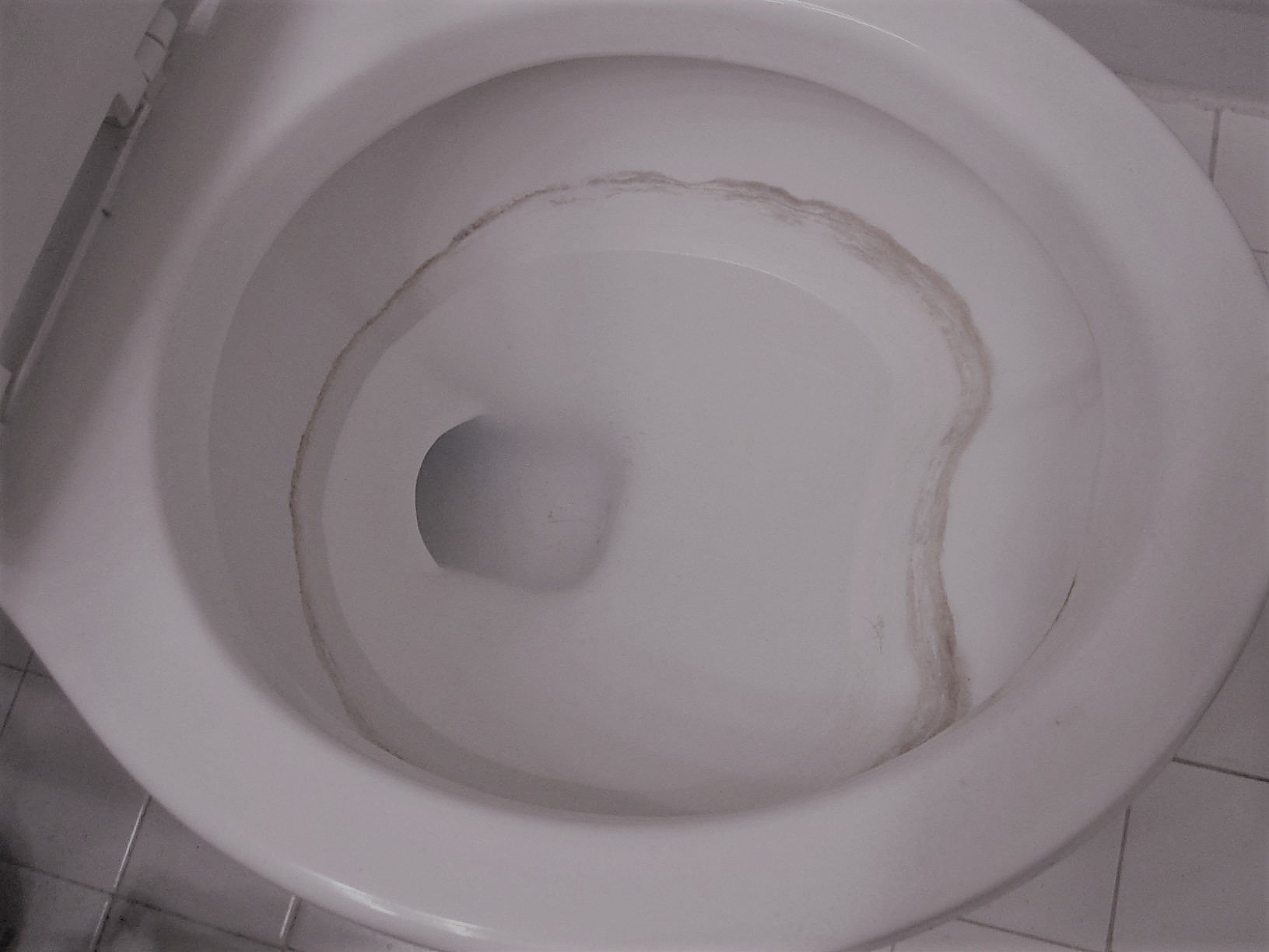

Bathroom Accessories
What Causes Grey Stains In Toilet Bowl
Modified: May 6, 2024
Discover the reasons behind grey stains in your toilet bowl and find effective solutions with our range of bathroom accessories. Keep your bathroom looking clean and fresh.
(Many of the links in this article redirect to a specific reviewed product. Your purchase of these products through affiliate links helps to generate commission for Storables.com, at no extra cost. Learn more)
Introduction
The appearance of grey stains in a toilet bowl can be a cause for concern for many homeowners. These unsightly marks not only detract from the overall cleanliness of the bathroom but also raise questions about the underlying causes. Understanding the factors that contribute to the development of grey stains in a toilet bowl is essential for effectively addressing and preventing this issue.
Grey stains in a toilet bowl can result from various factors, including hard water, mineral deposits, bacteria and mold, as well as chemical reactions. Each of these factors plays a distinct role in the formation of these stains, and gaining insight into their mechanisms can help in devising strategies to combat and eliminate them.
By delving into the intricacies of these potential causes, we can equip ourselves with the knowledge needed to tackle grey stains in toilet bowls effectively. Let's explore each of these factors in detail to gain a comprehensive understanding of what leads to the formation of these stubborn marks.
Key Takeaways:
- Say goodbye to grey stains in your toilet bowl! Hard water, mineral deposits, bacteria, mold, and chemical reactions are the culprits. Combat them with water softeners, targeted cleaning, and preventive measures for a pristine, stain-free toilet bowl.
- Keep your toilet bowl sparkling clean! Combat grey stains caused by hard water, mineral deposits, bacteria, mold, and chemical reactions. Use water softeners, specialized cleaning products, and regular maintenance for a hygienic and visually appealing bathroom.
Read more: What Causes Toilet Bowl Stains
Hard Water
Hard water is a common culprit behind the formation of grey stains in toilet bowls. This type of water contains high levels of dissolved minerals, particularly calcium and magnesium. When hard water is used for flushing and filling the toilet bowl, it can leave behind mineral deposits that gradually develop into grey stains.
The mineral content in hard water interacts with the surfaces of the toilet bowl, leading to the formation of a thin film or residue. Over time, this residue accumulates and manifests as grey stains, especially in areas where water tends to pool or evaporate, such as under the rim and along the waterline.
The presence of hard water stains not only affects the appearance of the toilet bowl but also poses challenges for cleaning and maintenance. Due to the stubborn nature of mineral deposits, regular cleaning efforts may prove ineffective in completely removing the grey stains caused by hard water.
To address the issue of hard water-induced grey stains, it is essential to consider preventive measures and targeted cleaning techniques. Installing a water softener can help mitigate the impact of hard water on toilet bowls, reducing the accumulation of mineral deposits and minimizing the formation of grey stains. Additionally, using specialized cleaning products formulated to dissolve and remove mineral buildup can aid in effectively combating hard water stains in toilet bowls.
Understanding the role of hard water in the development of grey stains empowers homeowners to take proactive steps in managing water quality and implementing appropriate cleaning strategies. By addressing the root cause of hard water-related stains, individuals can maintain a cleaner and more visually appealing toilet bowl while prolonging its longevity.
In summary, hard water, characterized by high mineral content, contributes significantly to the formation of grey stains in toilet bowls. By acknowledging the impact of hard water and adopting preventive measures and targeted cleaning approaches, individuals can effectively manage and minimize the occurrence of grey stains caused by this common water quality issue.
Mineral Deposits
Mineral deposits play a significant role in the development of grey stains in toilet bowls. These deposits primarily consist of minerals such as calcium, magnesium, and other trace elements present in the water supply. When water containing dissolved minerals comes into contact with the surfaces of the toilet bowl, it can leave behind mineral deposits that gradually form into stubborn grey stains.
The process of mineral deposition occurs as water evaporates, leaving behind mineral particles that adhere to the porcelain or ceramic surfaces of the toilet bowl. Over time, these deposits accumulate, resulting in the formation of unsightly grey stains, particularly in areas where water tends to pool or evaporate, such as under the rim and along the waterline.
The presence of mineral deposits not only affects the aesthetic appeal of the toilet bowl but also poses challenges for cleaning and maintenance. Due to the stubborn nature of these deposits, traditional cleaning methods may prove ineffective in completely removing the grey stains caused by mineral buildup.
To effectively address grey stains resulting from mineral deposits, it is crucial to employ targeted cleaning techniques and preventive measures. Utilizing specialized cleaning products formulated to dissolve and remove mineral buildup can prove effective in combating grey stains caused by mineral deposits. These products are designed to break down the mineral particles and facilitate their removal, restoring the toilet bowl to its original cleanliness.
In addition to targeted cleaning, implementing preventive measures can help mitigate the impact of mineral deposits on toilet bowls. Installing a water softener can reduce the mineral content in the water supply, thereby minimizing the accumulation of mineral deposits and the formation of grey stains in the toilet bowl.
By understanding the role of mineral deposits in the formation of grey stains, homeowners can take proactive steps to manage water quality and implement appropriate cleaning strategies. Addressing the root cause of mineral deposit-related stains enables individuals to maintain a cleaner and more visually appealing toilet bowl while prolonging its longevity.
In summary, mineral deposits, comprising dissolved minerals in the water supply, contribute significantly to the formation of grey stains in toilet bowls. By acknowledging the impact of mineral deposits and adopting preventive measures and targeted cleaning approaches, individuals can effectively manage and minimize the occurrence of grey stains caused by this common water quality issue.
To prevent grey stains in the toilet bowl, regularly clean with a toilet bowl cleaner containing bleach or vinegar to remove mineral deposits and bacteria.
Bacteria and Mold
Bacteria and mold can also contribute to the formation of grey stains in toilet bowls, presenting a different set of challenges compared to those caused by hard water and mineral deposits. The presence of these microorganisms can lead to discoloration and staining, creating an unhygienic and visually unappealing environment within the toilet bowl.
Bacteria, including species such as Serratia marcescens and Pseudomonas aeruginosa, thrive in moist and warm environments, making the interior of a toilet bowl an ideal breeding ground. When left unchecked, these bacteria can form biofilms, which are slimy layers that adhere to the surfaces of the bowl. Over time, these biofilms can contribute to the development of grey stains, particularly in areas where water accumulates and provides a conducive environment for bacterial growth.
Similarly, mold, such as Aspergillus and Cladosporium species, can proliferate in damp and poorly ventilated spaces, including the interior of toilet bowls. The presence of mold can lead to the formation of grey stains, often accompanied by a musty odor. Mold spores can settle on the surfaces of the bowl and, given the right conditions, can develop into visible colonies, contributing to the unsightly discoloration.
Addressing grey stains caused by bacteria and mold requires a targeted approach that focuses on eliminating these microorganisms and preventing their regrowth. Utilizing specialized cleaning products with disinfectant properties can effectively eradicate bacteria and mold, thereby removing the underlying causes of grey stains. Additionally, incorporating regular cleaning and maintenance practices, such as thorough scrubbing and proper ventilation, can help prevent the recurrence of bacterial and mold-related stains in toilet bowls.
By recognizing the role of bacteria and mold in the formation of grey stains, homeowners can implement proactive measures to maintain a hygienic and visually appealing toilet bowl. Through the use of appropriate cleaning products and consistent cleaning practices, individuals can effectively combat the impact of these microorganisms, ensuring a clean and stain-free toilet bowl environment.
In summary, the presence of bacteria and mold in toilet bowls can contribute to the development of grey stains, necessitating targeted cleaning and preventive measures to address these issues effectively. By understanding the role of these microorganisms and implementing appropriate cleaning strategies, individuals can maintain a clean and visually appealing toilet bowl while promoting a hygienic environment within their bathrooms.
Chemical Reactions
Chemical reactions can also play a significant role in the formation of grey stains in toilet bowls. These reactions often stem from the interaction between substances present in cleaning products, water, and the materials comprising the toilet bowl. When certain chemicals come into contact with the surfaces of the bowl, they can initiate reactions that lead to the development of stubborn grey stains.
One common example of a chemical reaction contributing to grey stains involves the use of chlorine-based cleaning products. Chlorine, a powerful disinfectant commonly found in household cleaners, can react with mineral deposits and organic matter present in the toilet bowl. This reaction can result in the formation of discolored compounds, contributing to the appearance of grey stains over time.
Additionally, the presence of ammonia-based cleaners can also lead to chemical reactions that contribute to grey stains. When ammonia, often found in glass and multi-surface cleaners, interacts with residual urine or other organic matter in the toilet bowl, it can produce compounds that manifest as unsightly grey discoloration.
Understanding the potential for chemical reactions to contribute to grey stains underscores the importance of using cleaning products judiciously and being mindful of their ingredients. By selecting cleaning products that are specifically formulated for toilet bowl maintenance and avoiding the use of incompatible chemicals, individuals can minimize the risk of inadvertently triggering reactions that lead to the formation of grey stains.
Furthermore, adopting regular cleaning practices and ensuring thorough rinsing after using cleaning products can help mitigate the impact of chemical reactions on toilet bowl surfaces. By maintaining awareness of the potential for chemical interactions and their role in stain formation, homeowners can make informed choices regarding cleaning products and practices, ultimately contributing to the preservation of a clean and visually appealing toilet bowl environment.
In summary, chemical reactions resulting from the use of cleaning products and the interaction of substances with toilet bowl surfaces can contribute to the development of grey stains. By exercising caution in product selection and cleaning practices, individuals can mitigate the impact of chemical reactions, promoting a cleaner and more visually appealing toilet bowl while minimizing the risk of stain formation.
Read more: What Causes Blue Stains In Toilet Bowl
Conclusion
In conclusion, the presence of grey stains in toilet bowls can stem from a variety of factors, each presenting unique challenges and considerations for homeowners. Understanding the underlying causes of these stains, including hard water, mineral deposits, bacteria and mold, as well as chemical reactions, is essential for effectively addressing and preventing their formation.
Hard water, characterized by high mineral content, can lead to the accumulation of mineral deposits in toilet bowls, resulting in stubborn grey stains. By implementing preventive measures such as water softening and utilizing specialized cleaning products, individuals can mitigate the impact of hard water on toilet bowl surfaces, promoting a cleaner and more visually appealing environment.
Mineral deposits, comprising dissolved minerals in the water supply, also contribute significantly to the formation of grey stains. Through targeted cleaning techniques and preventive measures such as water softening, homeowners can effectively combat the impact of mineral deposits, ensuring a stain-free and well-maintained toilet bowl.
The presence of bacteria and mold in toilet bowls can lead to the development of grey stains, necessitating a focused approach to eliminate these microorganisms and prevent their regrowth. By incorporating regular cleaning practices and utilizing disinfectant cleaning products, individuals can maintain a hygienic and visually appealing toilet bowl environment, free from bacterial and mold-related stains.
Furthermore, chemical reactions resulting from the use of cleaning products and the interaction of substances with toilet bowl surfaces can contribute to the formation of grey stains. By exercising caution in product selection and cleaning practices, individuals can minimize the risk of inadvertently triggering reactions that lead to the development of unsightly stains, promoting a cleaner and more visually appealing toilet bowl.
In essence, by gaining insight into the potential causes of grey stains in toilet bowls and adopting proactive measures to address these factors, homeowners can maintain a clean, hygienic, and visually appealing bathroom environment. Through the implementation of preventive strategies and targeted cleaning practices, individuals can effectively combat the formation of grey stains, ensuring that their toilet bowls remain pristine and free from unsightly discoloration.
By recognizing the multifaceted nature of grey stain formation and taking informed steps to address each contributing factor, homeowners can enjoy a well-maintained and aesthetically pleasing toilet bowl, enhancing the overall cleanliness and comfort of their bathrooms.
Now that you've tackled those pesky grey stains, why not give your whole house a refresh? Dive into our guide on cleaning tips for expert advice on maintaining a spotless fridge, inside and out. Next, master the art of bathroom cleaning with our comprehensive step-by-step process that leaves every corner sparkling. Lastly, if stubborn marks still plague your toilet seat, our stain removal methods will restore its pristine condition. Refresh, renew, and revitalize your home starting today!
Frequently Asked Questions about What Causes Grey Stains In Toilet Bowl
Was this page helpful?
At Storables.com, we guarantee accurate and reliable information. Our content, validated by Expert Board Contributors, is crafted following stringent Editorial Policies. We're committed to providing you with well-researched, expert-backed insights for all your informational needs.
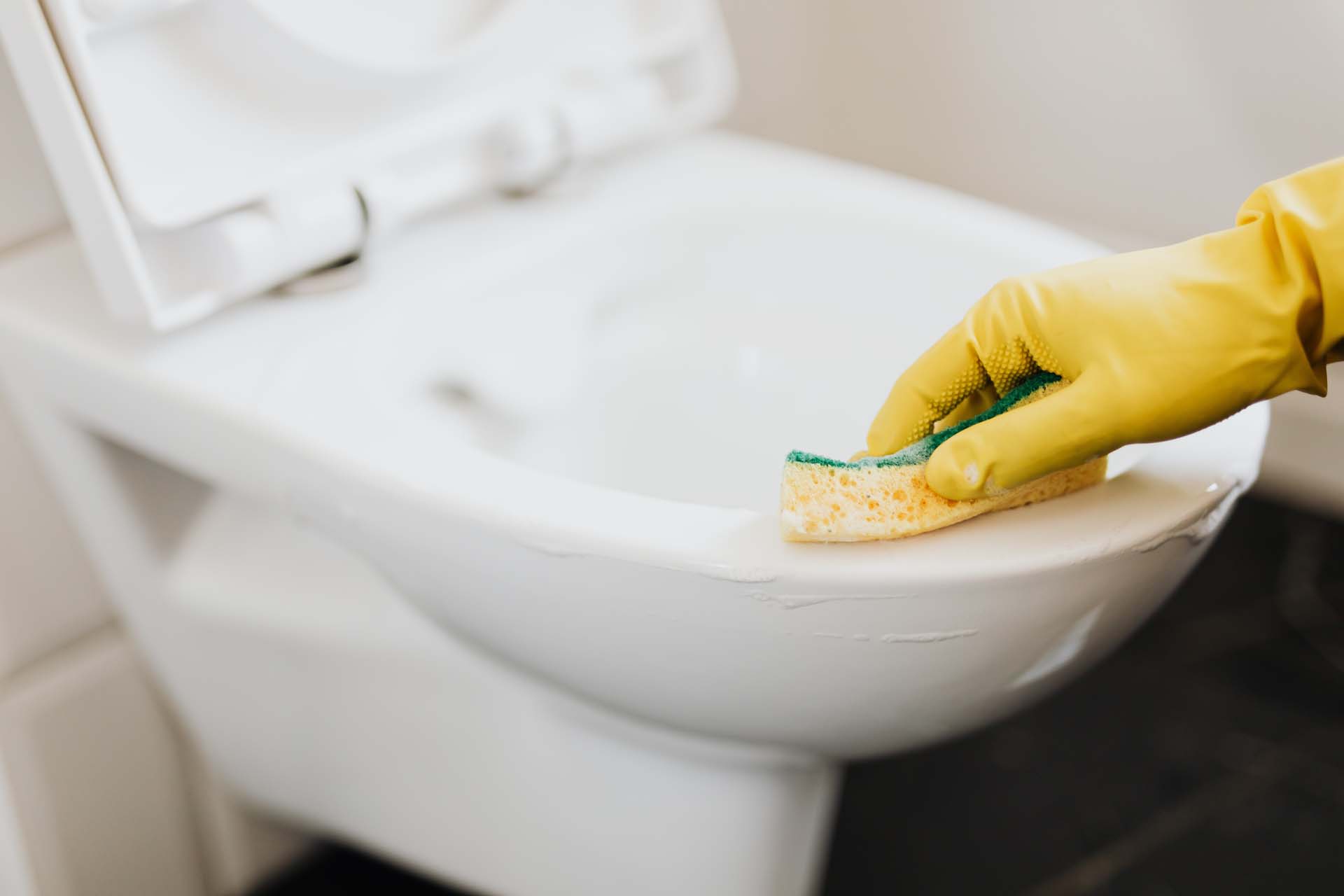
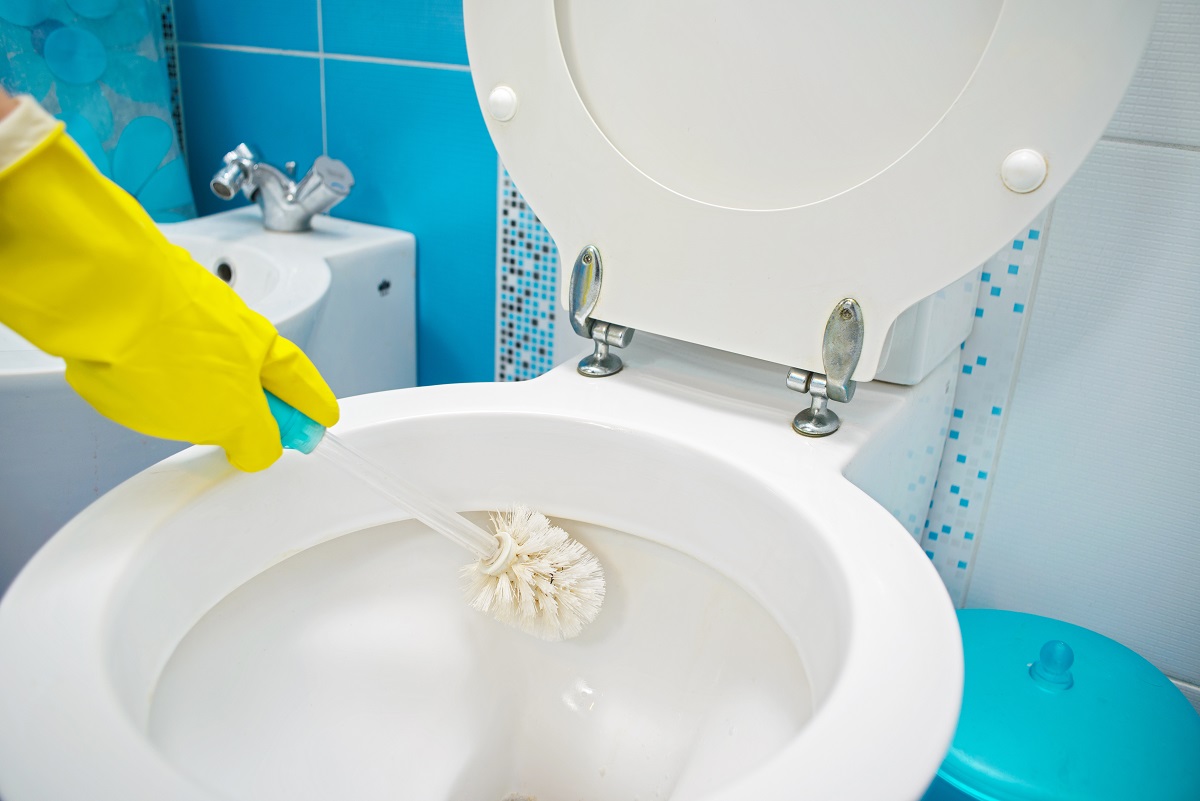
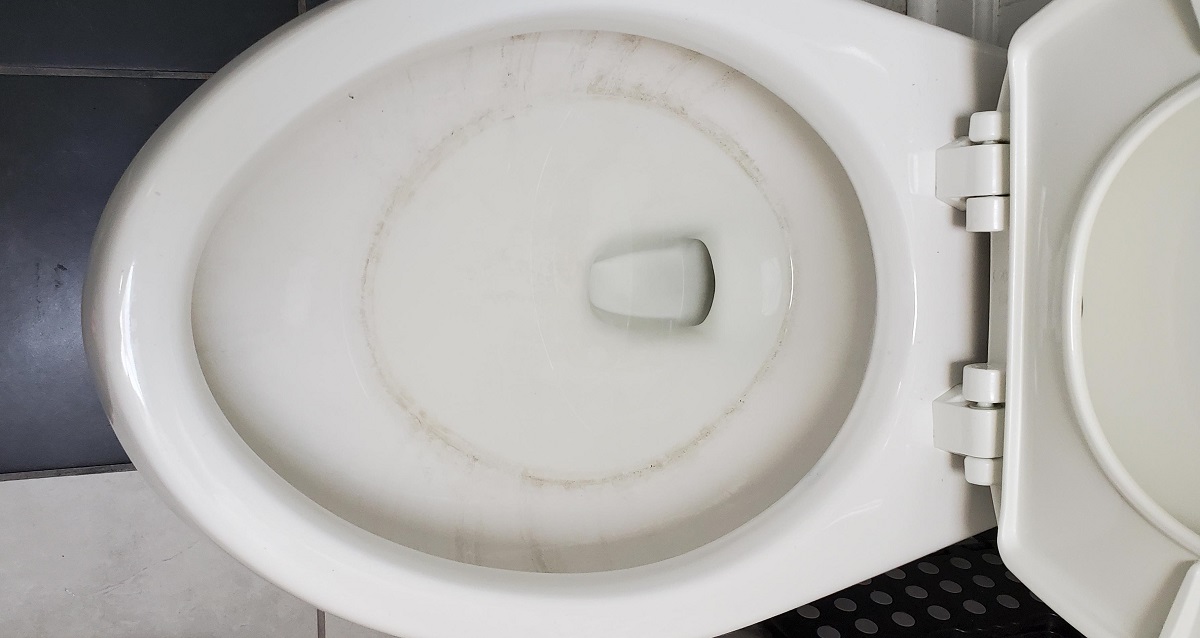
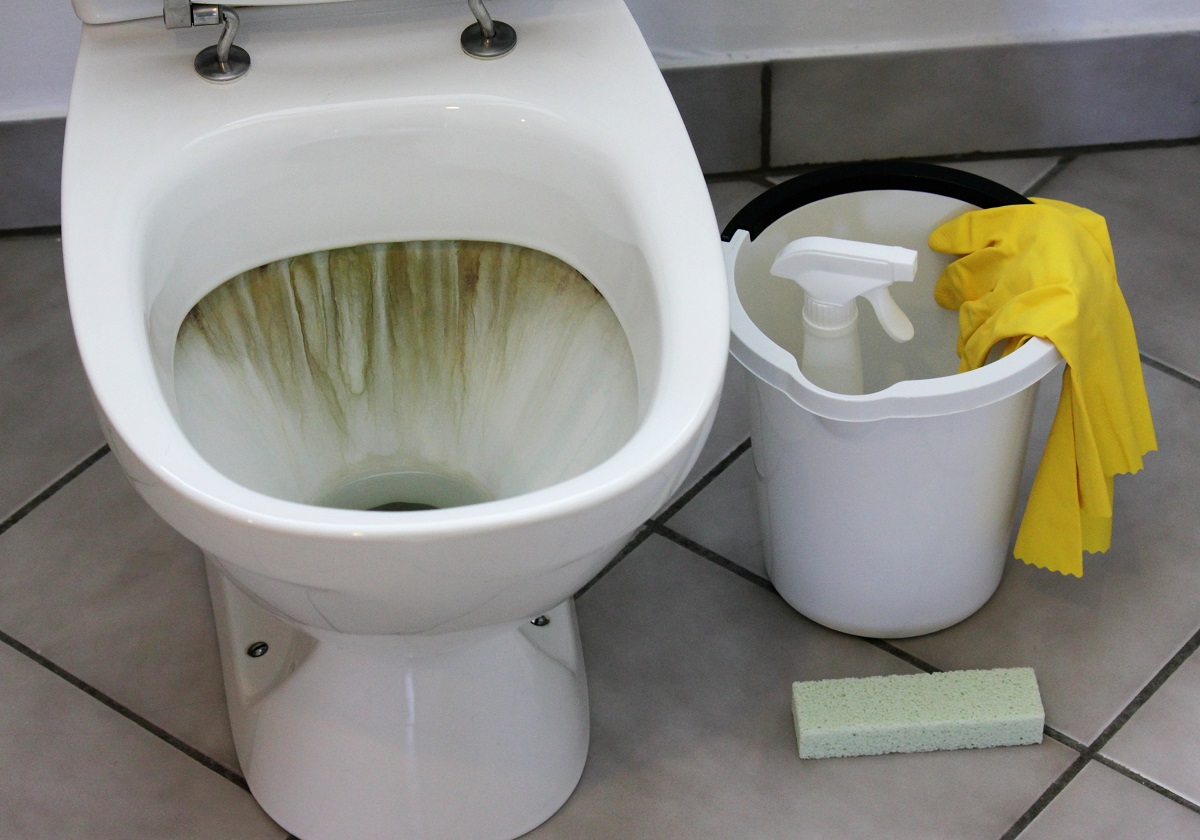
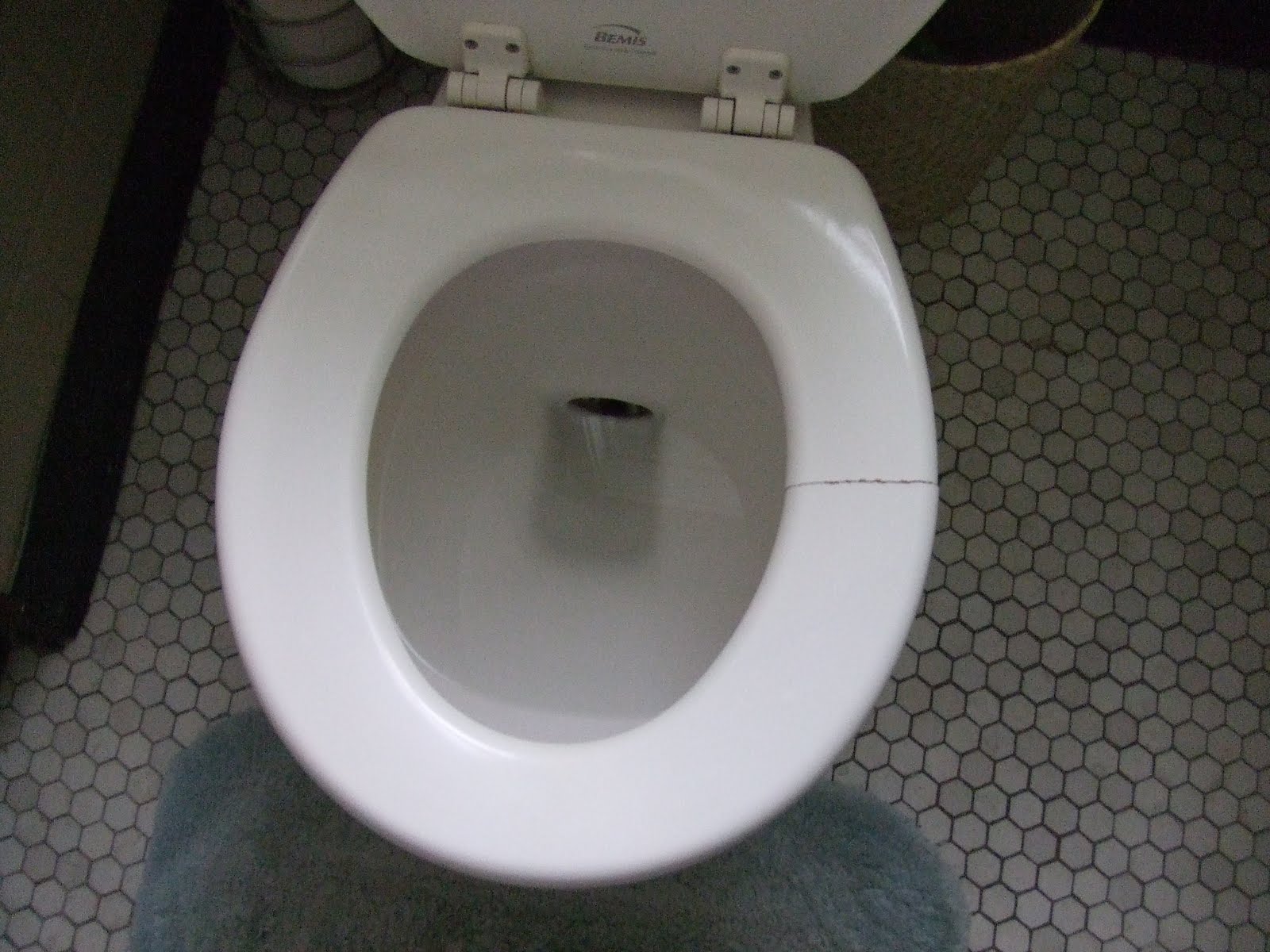
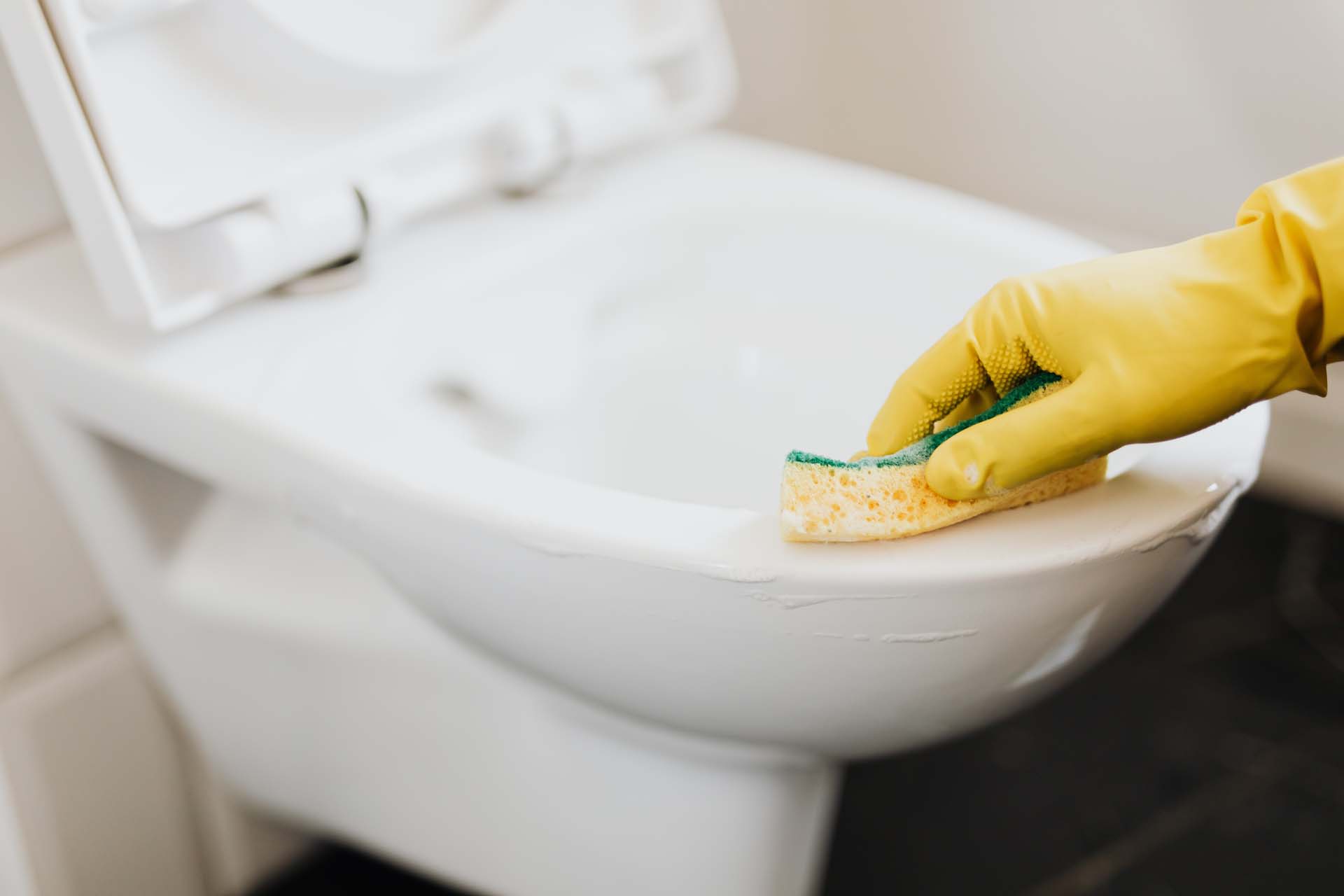
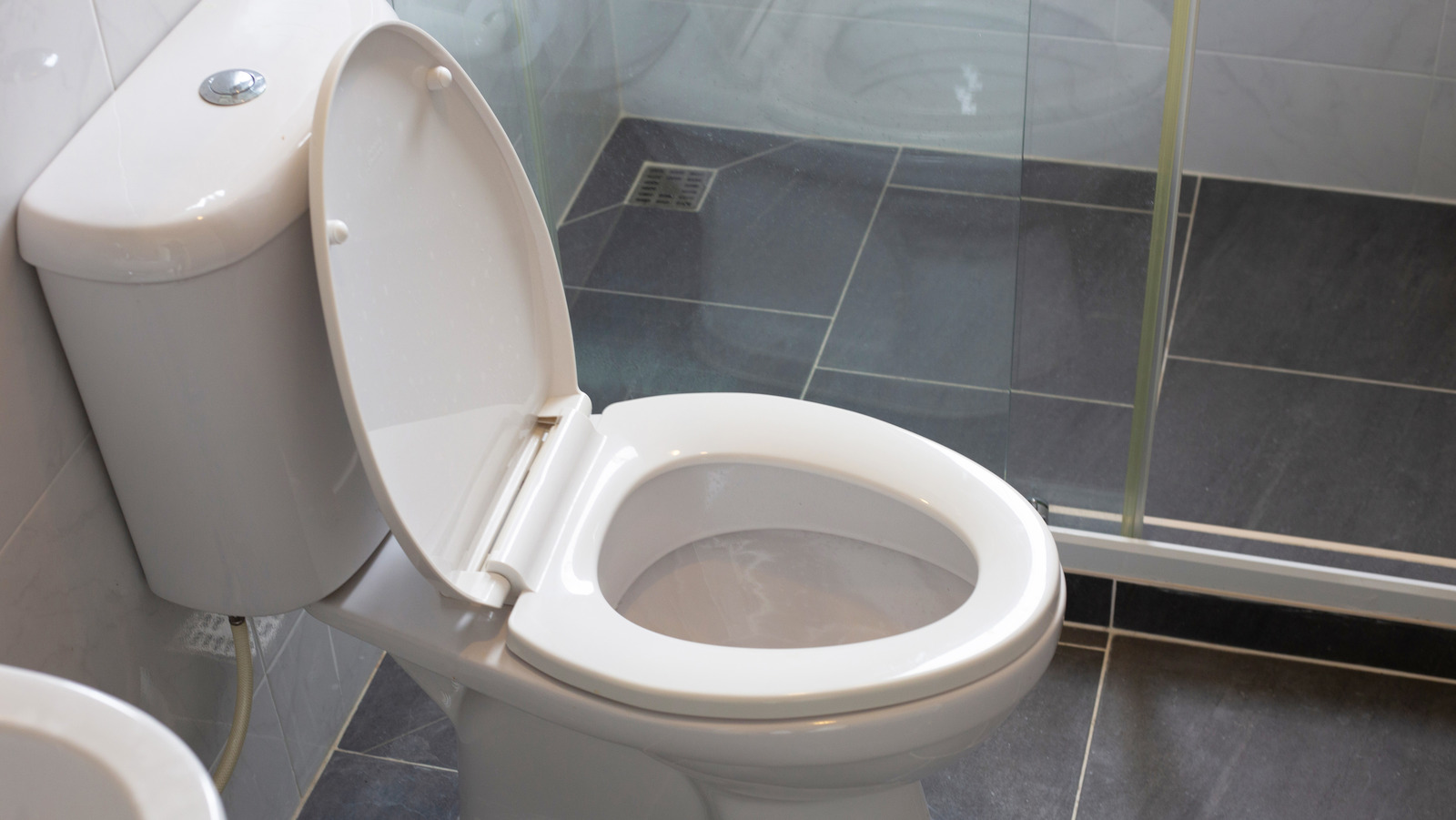
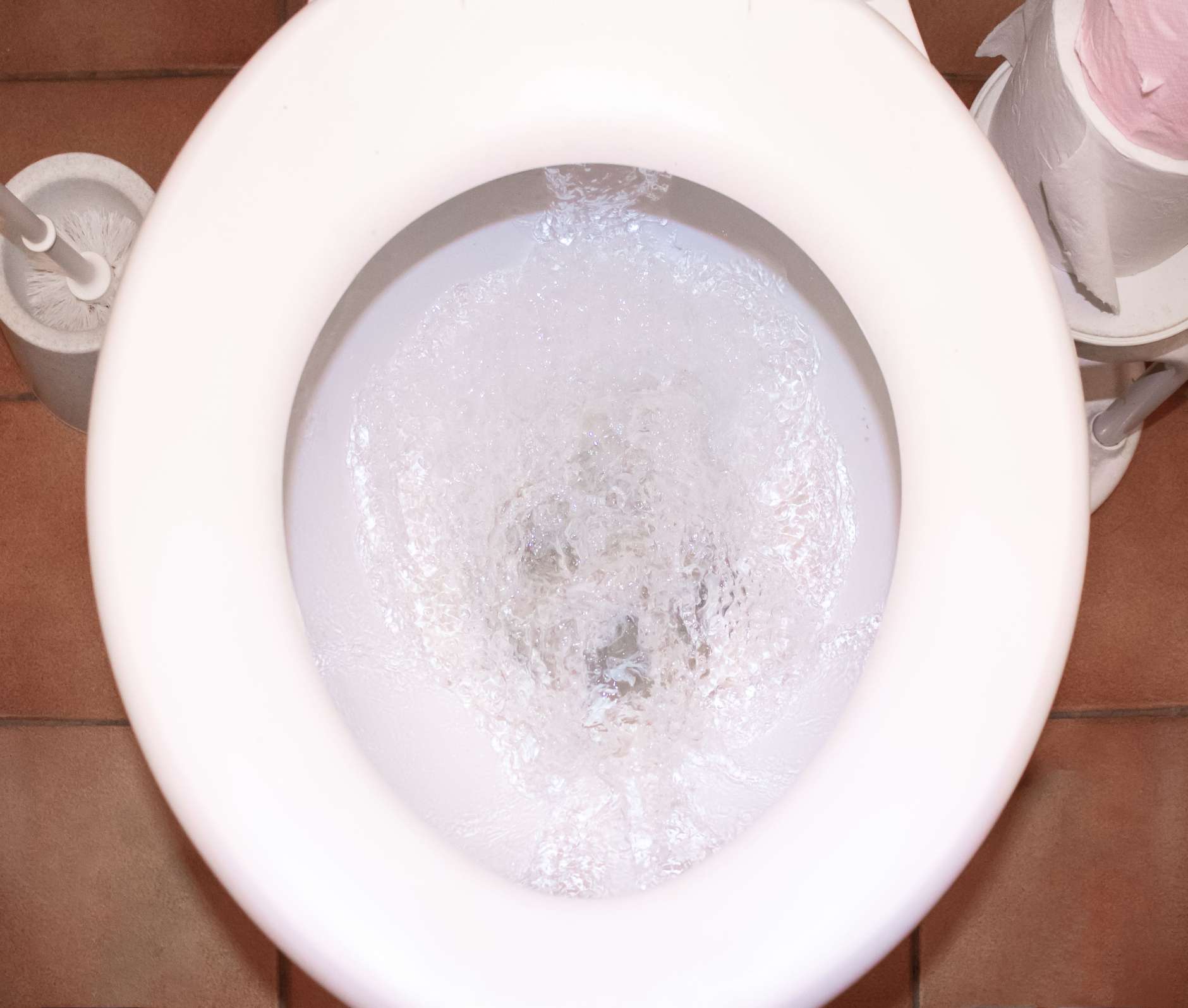
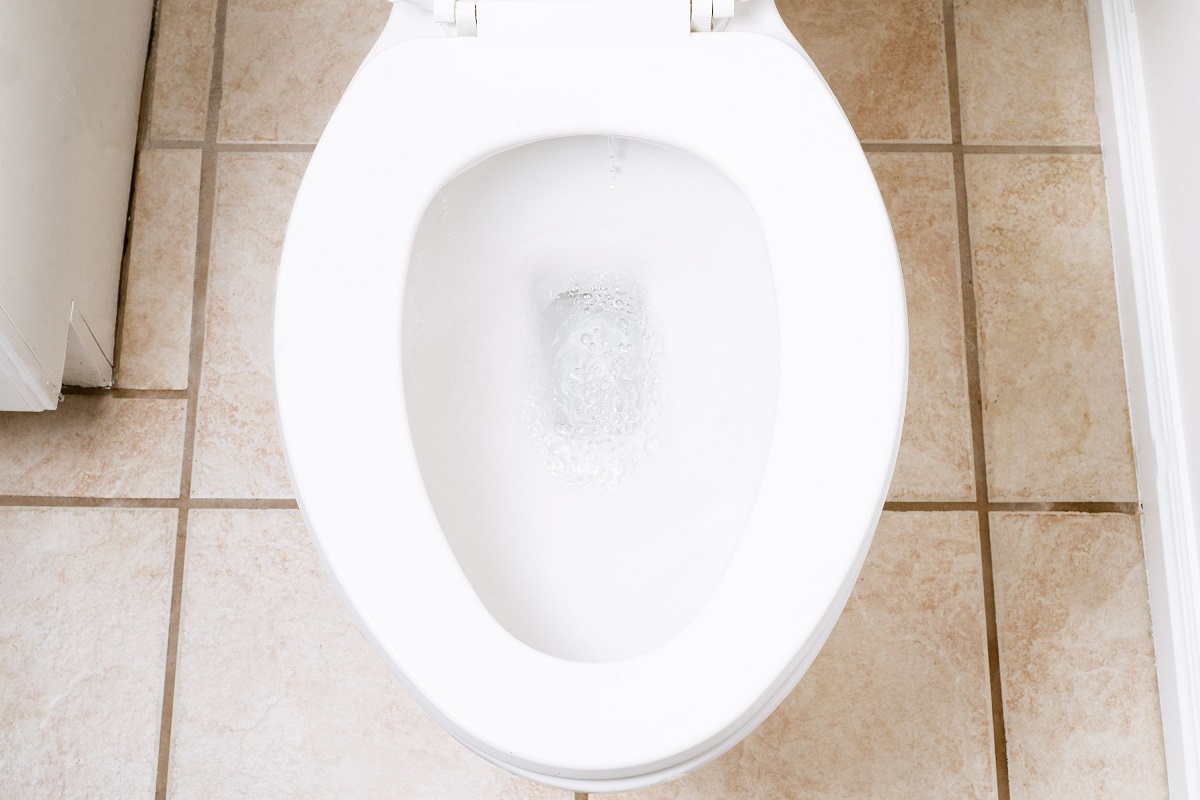
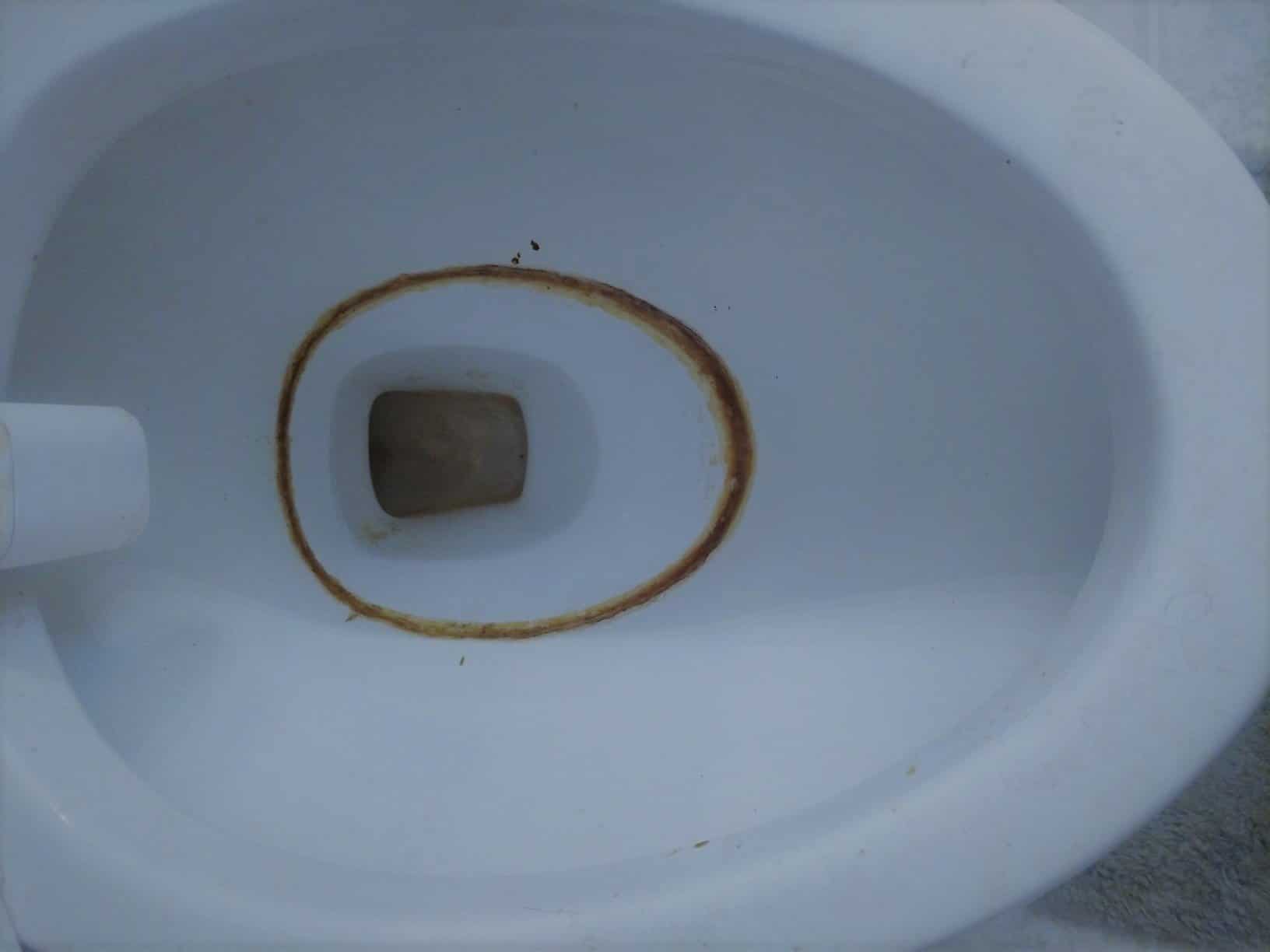
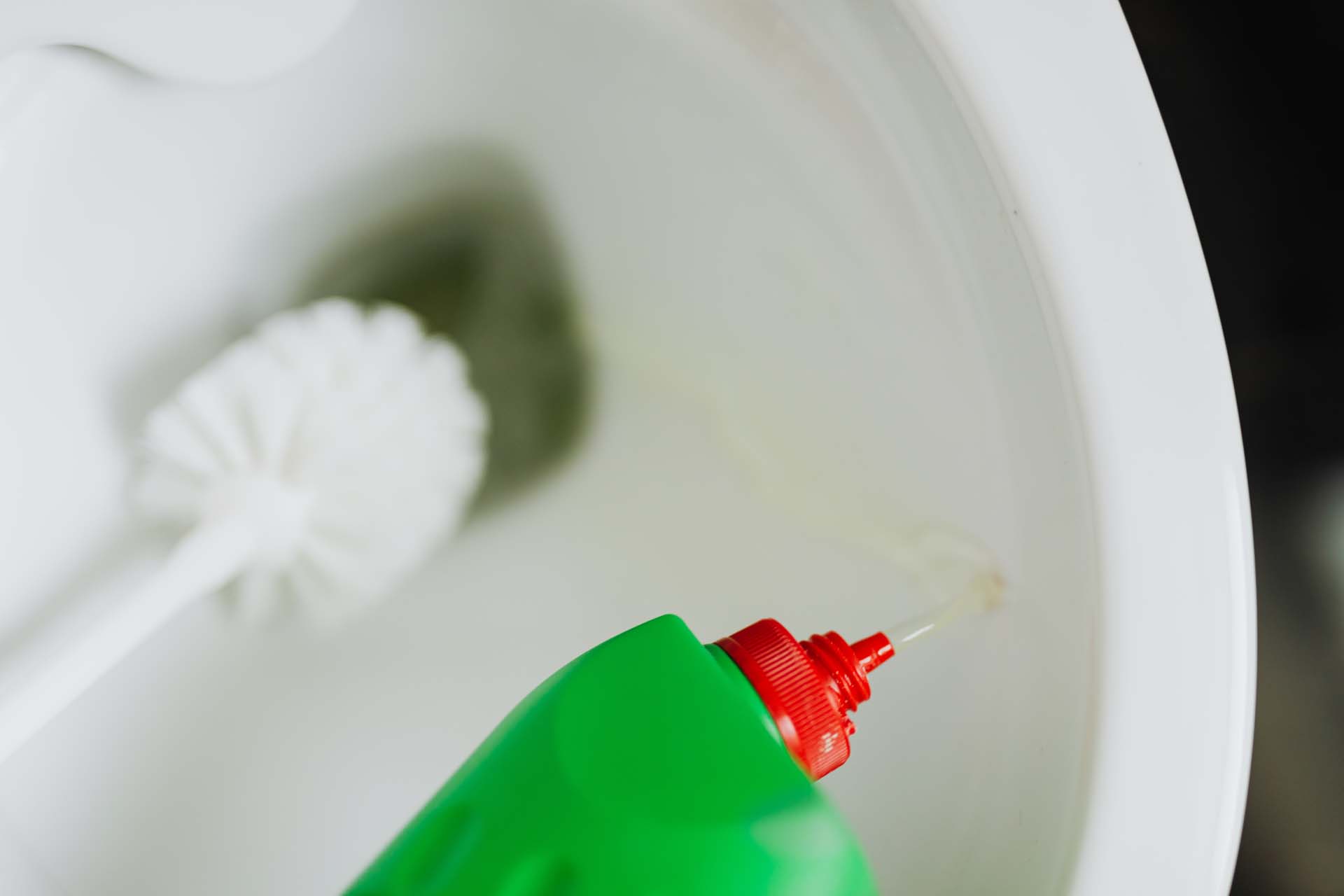
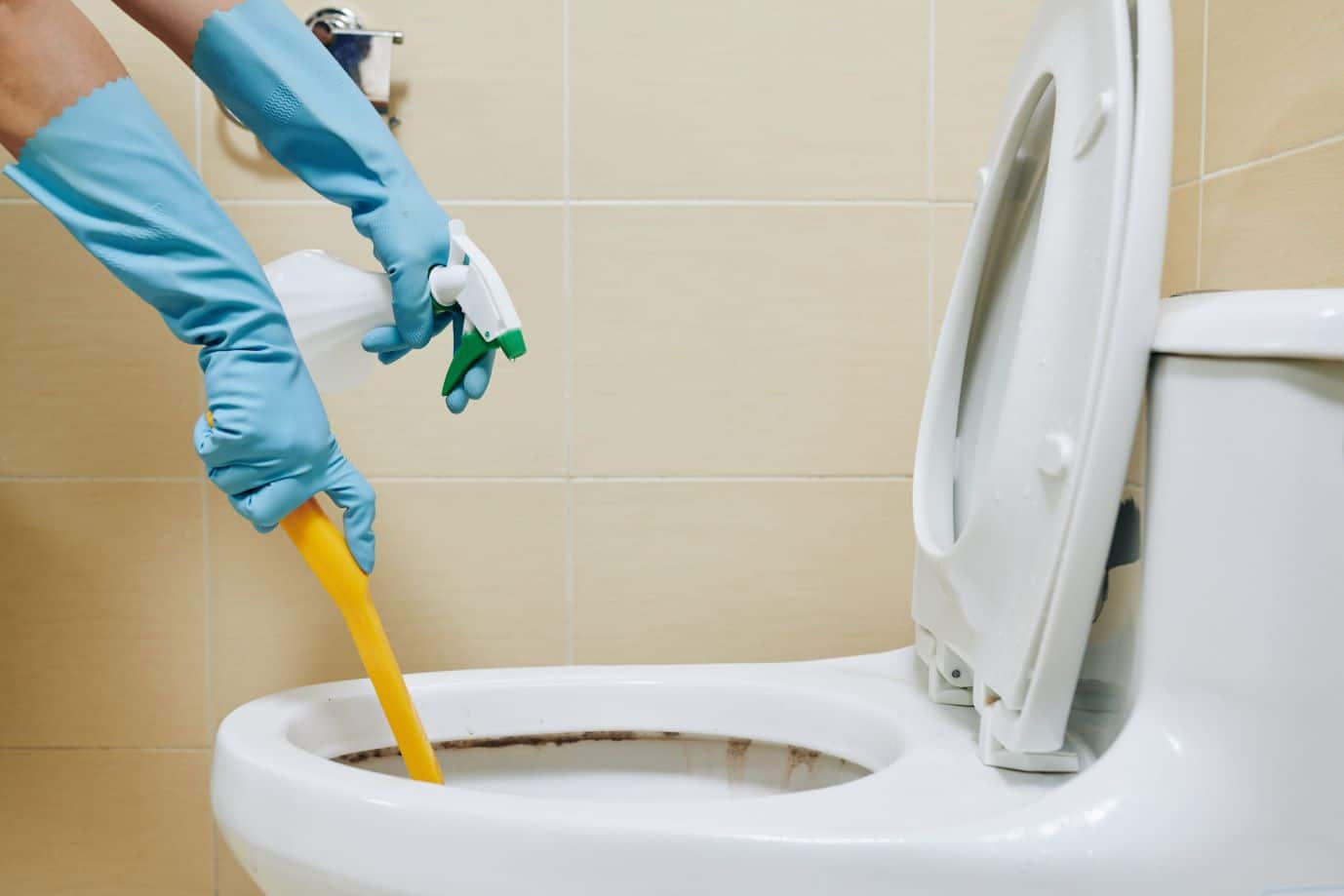
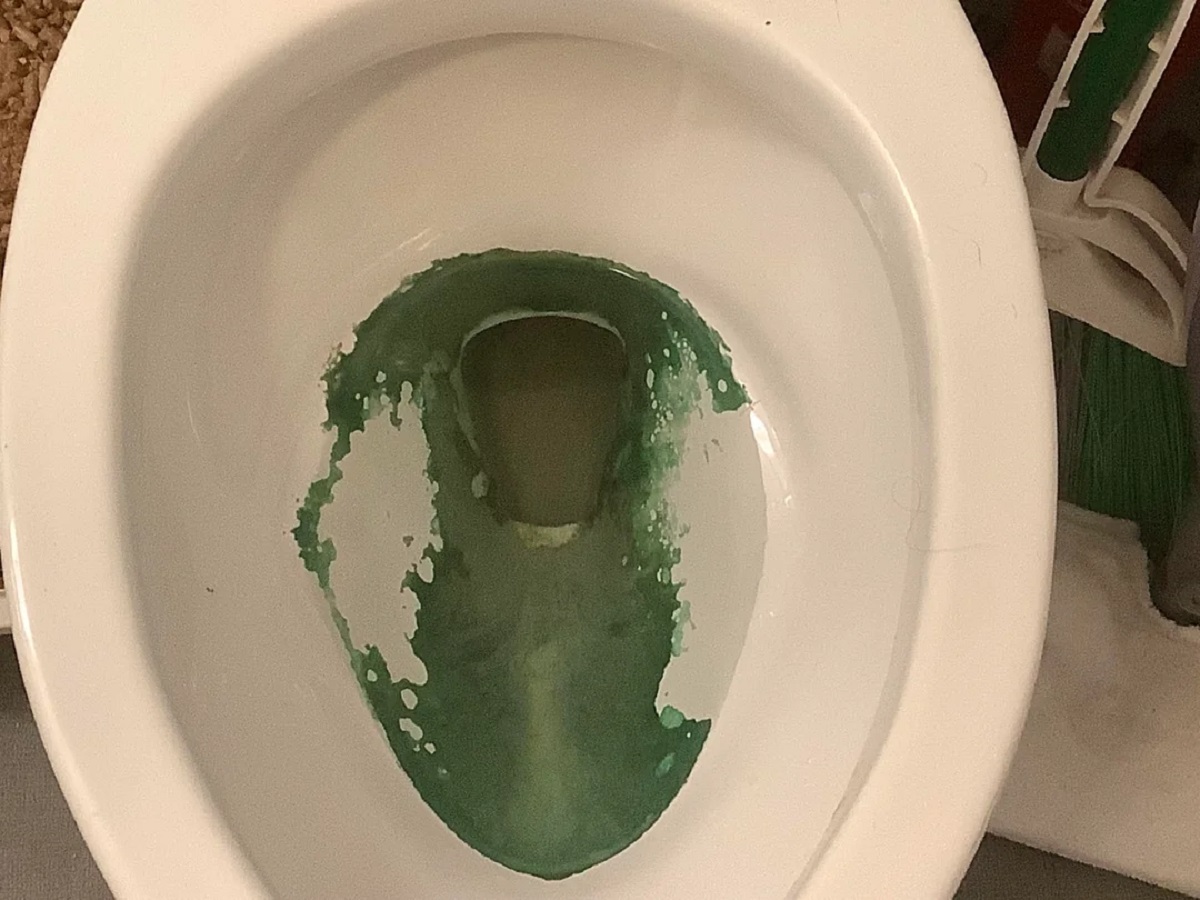
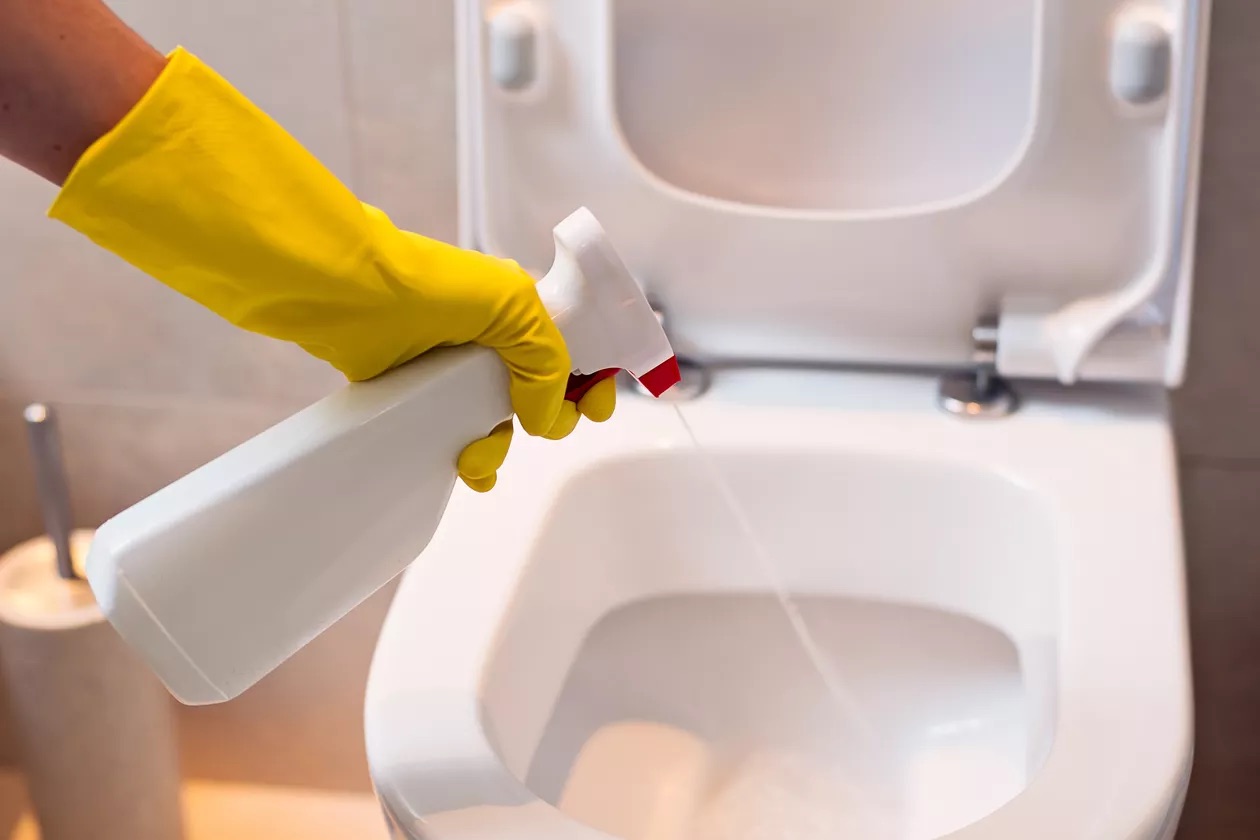

0 thoughts on “What Causes Grey Stains In Toilet Bowl”